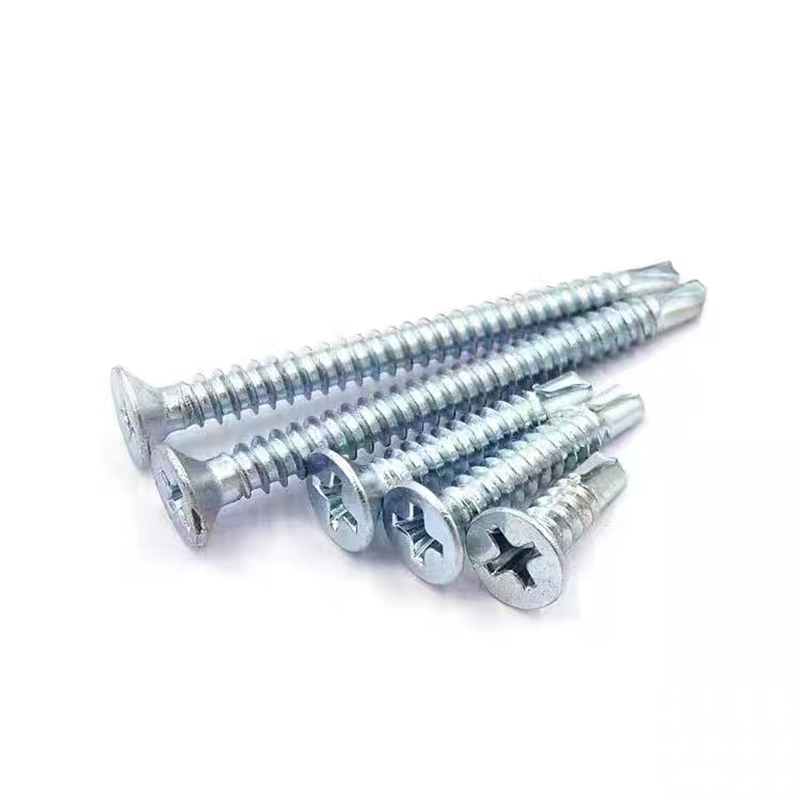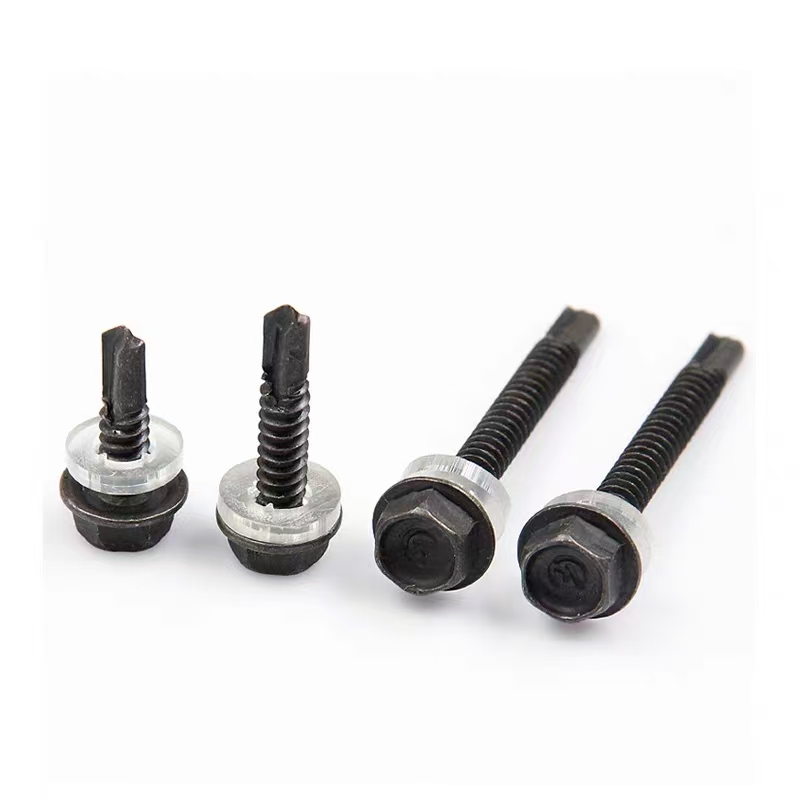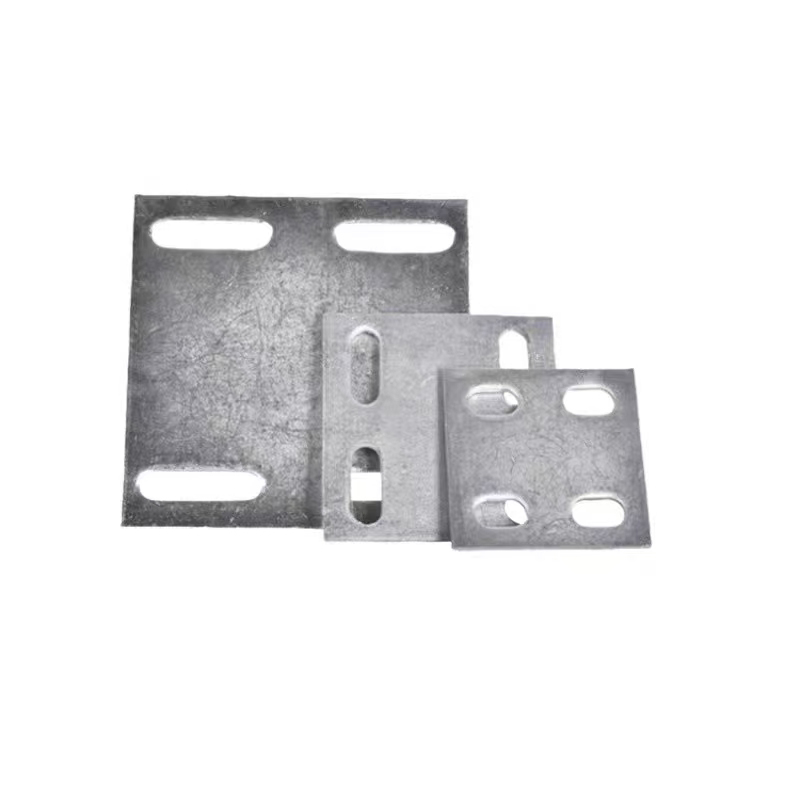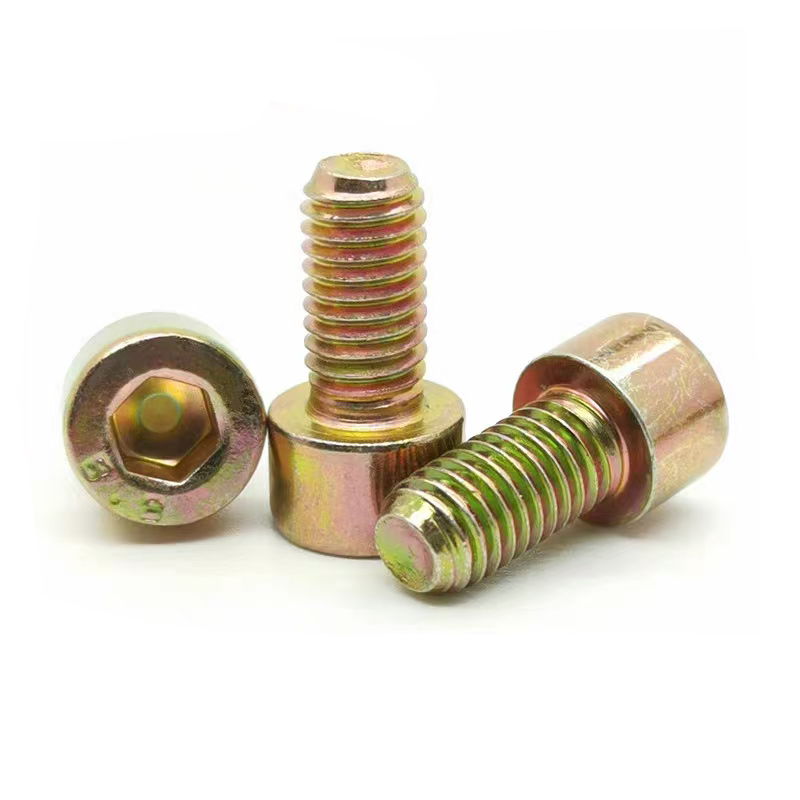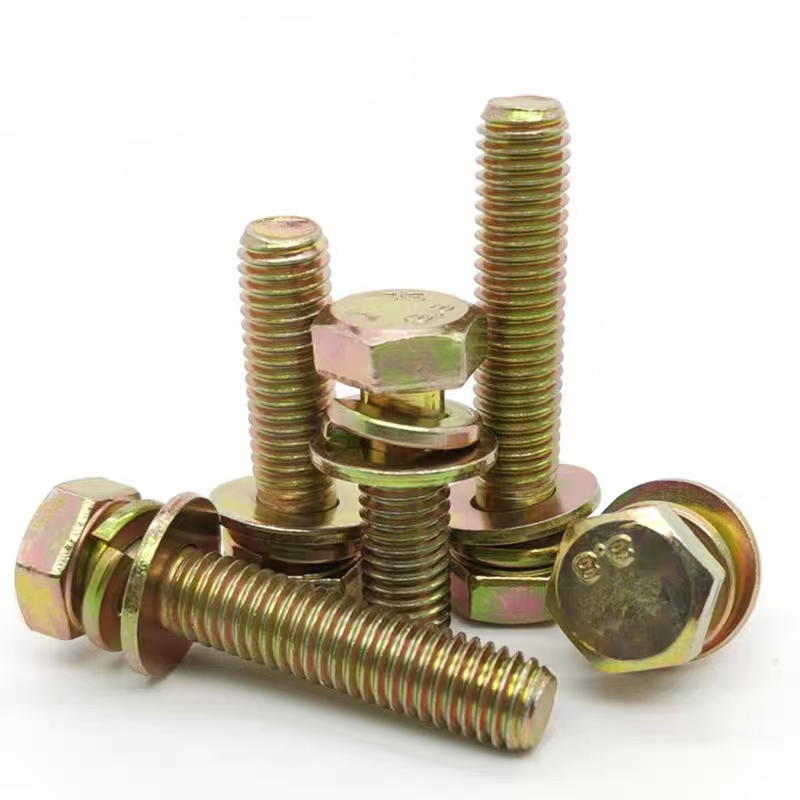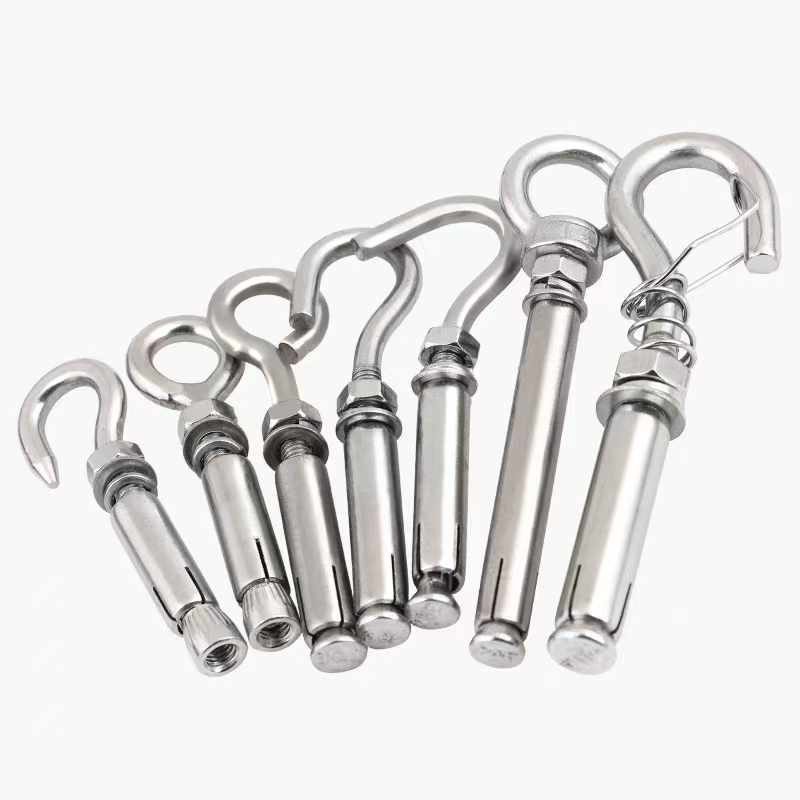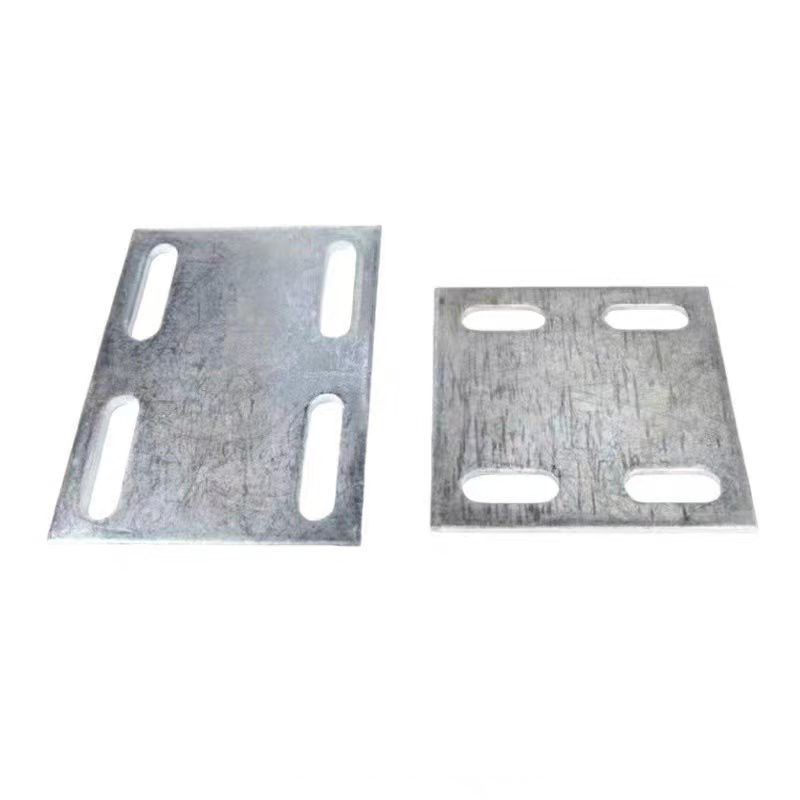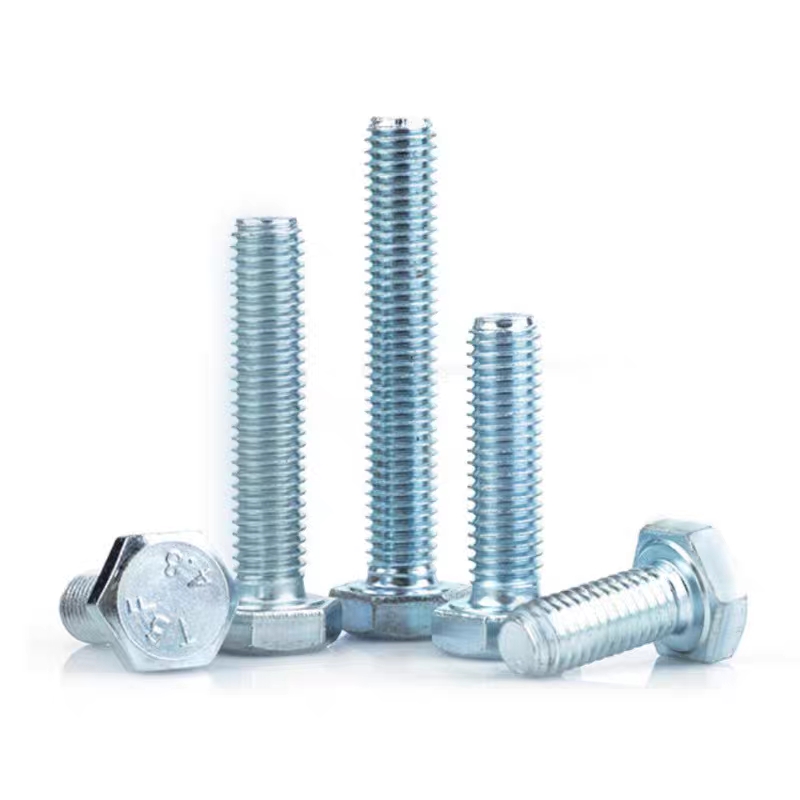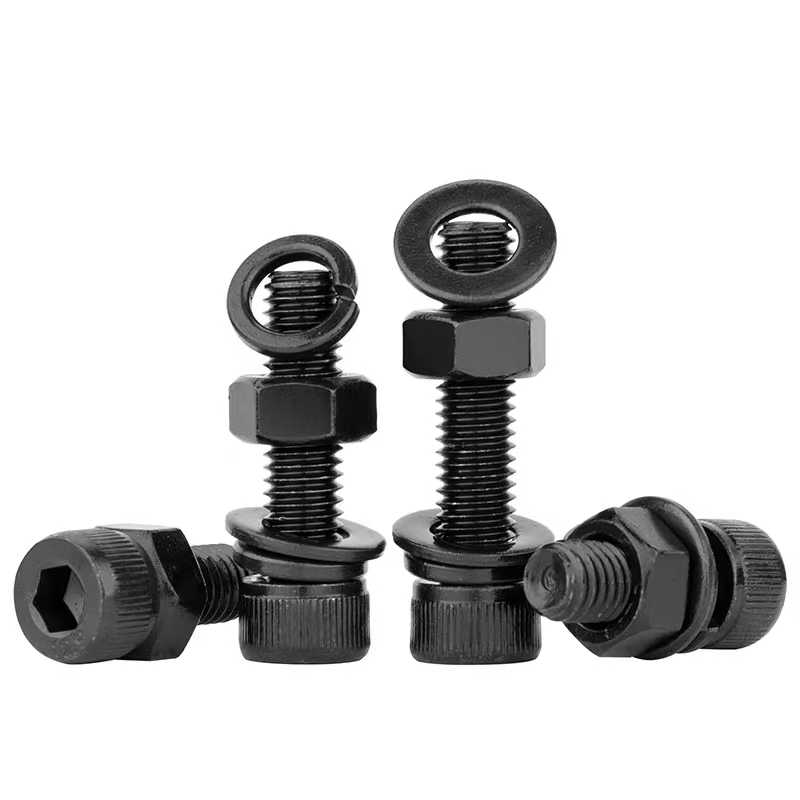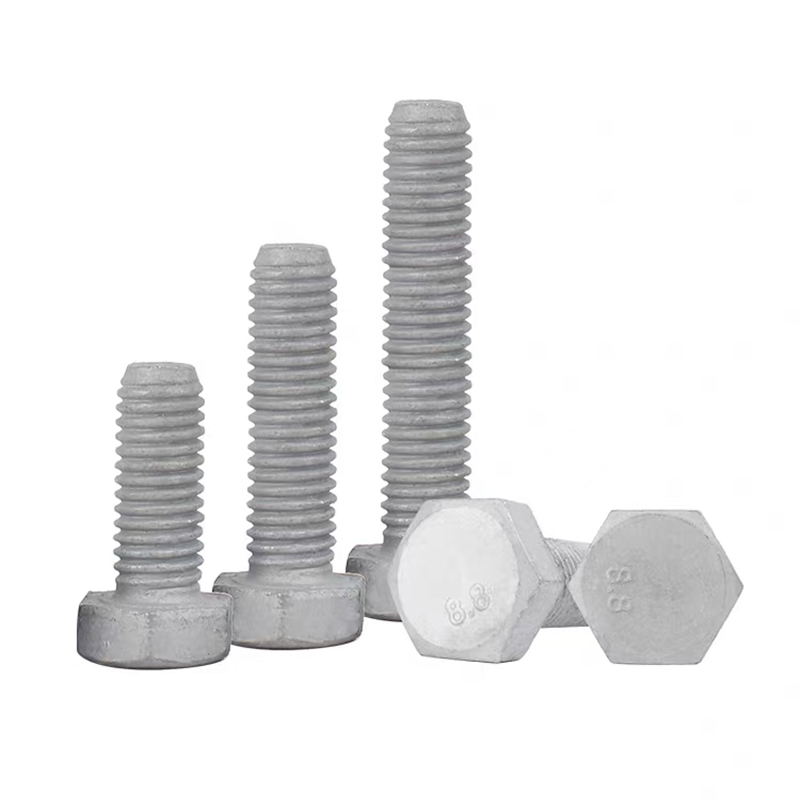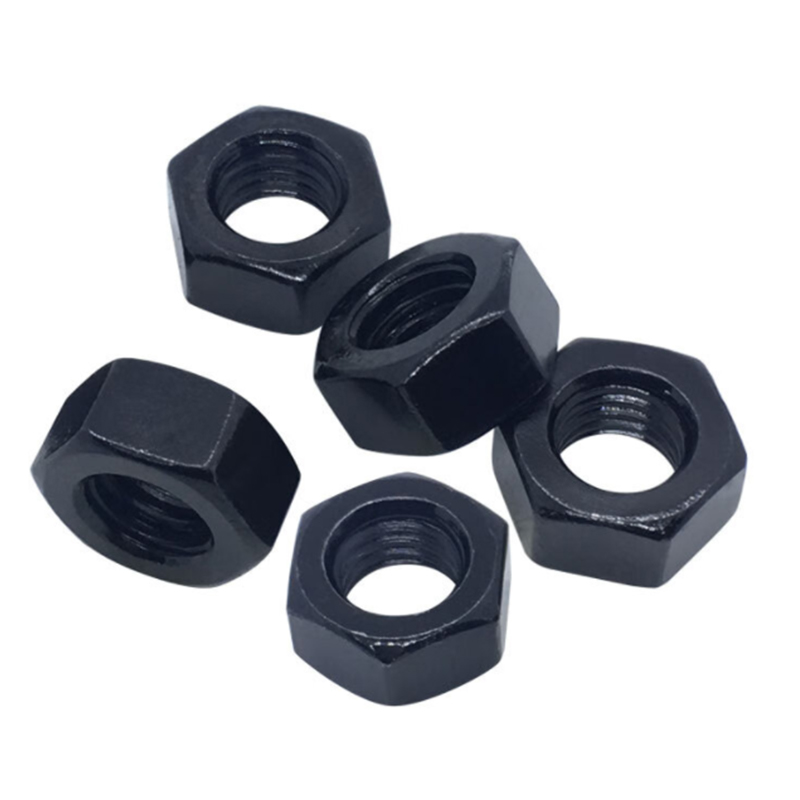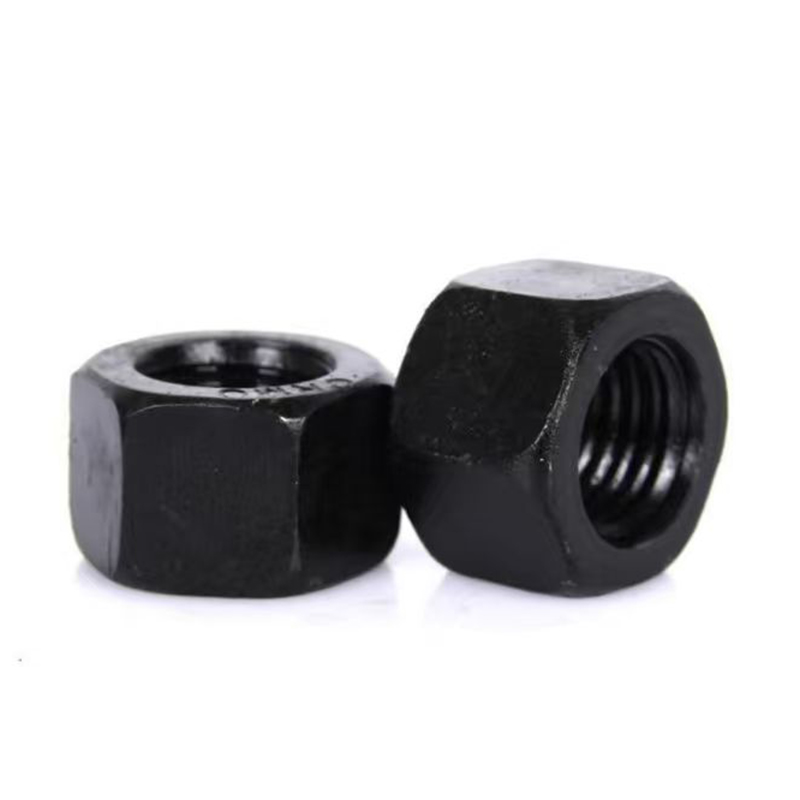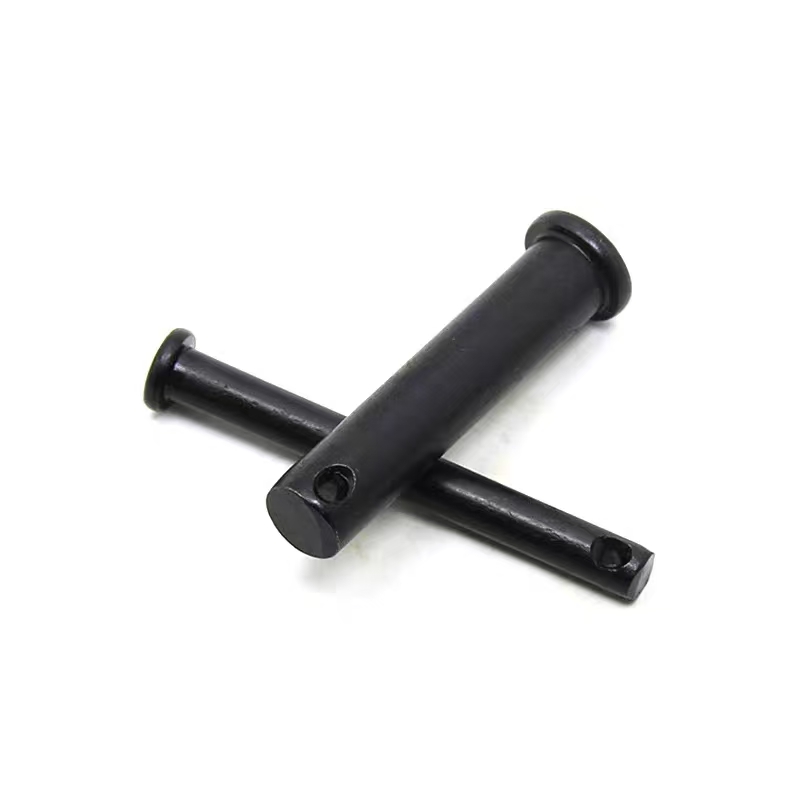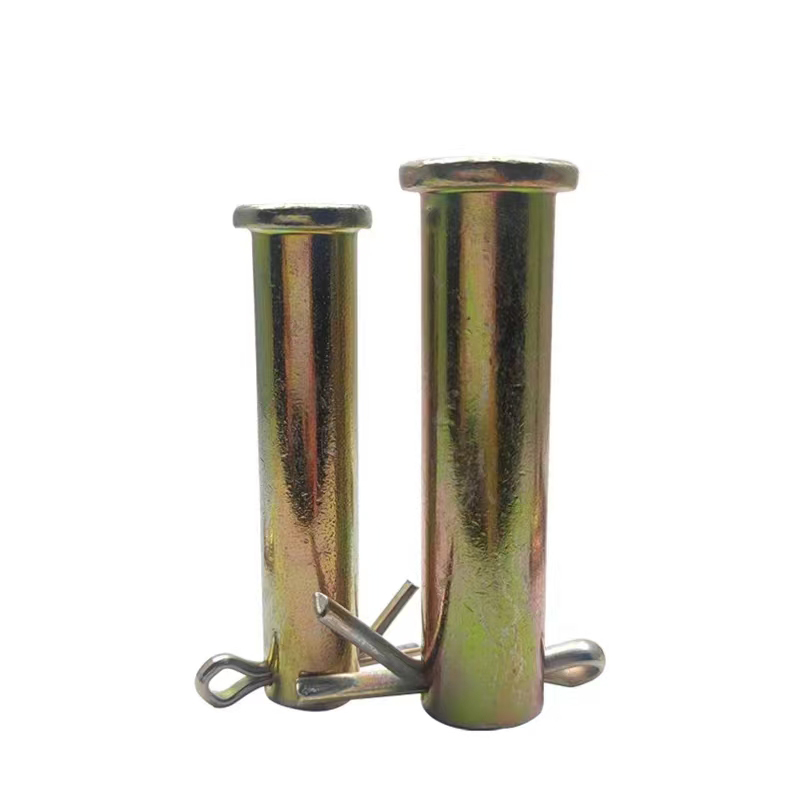- Chinese
- French
- German
- Portuguese
- Spanish
- Russian
- Japanese
- Korean
- Arabic
- Irish
- Greek
- Turkish
- Italian
- Danish
- Romanian
- Indonesian
- Czech
- Afrikaans
- Swedish
- Polish
- Basque
- Catalan
- Esperanto
- Hindi
- Lao
- Albanian
- Amharic
- Armenian
- Azerbaijani
- Belarusian
- Bengali
- Bosnian
- Bulgarian
- Cebuano
- Chichewa
- Corsican
- Croatian
- Dutch
- Estonian
- Filipino
- Finnish
- Frisian
- Galician
- Georgian
- Gujarati
- Haitian
- Hausa
- Hawaiian
- Hebrew
- Hmong
- Hungarian
- Icelandic
- Igbo
- Javanese
- Kannada
- Kazakh
- Khmer
- Kurdish
- Kyrgyz
- Latin
- Latvian
- Lithuanian
- Luxembou..
- Macedonian
- Malagasy
- Malay
- Malayalam
- Maltese
- Maori
- Marathi
- Mongolian
- Burmese
- Nepali
- Norwegian
- Pashto
- Persian
- Punjabi
- Serbian
- Sesotho
- Sinhala
- Slovak
- Slovenian
- Somali
- Samoan
- Scots Gaelic
- Shona
- Sindhi
- Sundanese
- Swahili
- Tajik
- Tamil
- Telugu
- Thai
- Ukrainian
- Urdu
- Uzbek
- Vietnamese
- Welsh
- Xhosa
- Yiddish
- Yoruba
- Zulu
- Kinyarwanda
- Tatar
- Oriya
- Turkmen
- Uyghur

Products
High-strength blackened nuts
High-strength blackened nuts are nuts that form a black Fe₃O₄ oxide film on the surface of alloy steel through chemical oxidation (blackening treatment). The base material is usually 42CrMo or 65 manganese steel. After quenching + tempering treatment, the hardness can reach HRC35-45.
Description
marker
Product definition and core technology
High-strength blackened nuts are nuts that form a black Fe₃O₄ oxide film on the surface of alloy steel through chemical oxidation (blackening treatment). The base material is usually 42CrMo or 65 manganese steel. After quenching + tempering treatment, the hardness can reach HRC35-45.
Core materials and characteristics
Material:
42CrMo alloy steel (static high load): tensile strength ≥1000MPa;
65 manganese steel (elasticity requirement): hardness HRC40-45, suitable for spring nuts.
Features:
High temperature resistance: The oxide film is stable below 200℃, which is better than the galvanized layer;
No risk of hydrogen embrittlement: The chemical oxidation process avoids hydrogen embrittlement of electroplating, which is suitable for precision equipment;
Wear resistance: The oxide film hardness is HV300-400, which can resist slight friction.
Functions and applicable scenarios
Functions:
Withstand high-frequency vibration or impact loads to prevent bolts from loosening;
Maintain stable performance in high temperature environments (such as engine cylinder block connection).
Scenario:
Automobile engine (cylinder head bolts), mining machinery (crusher connection), wind power equipment (spindle flange).
Installation and maintenance
Installation:
When used with high-strength bolts, tighten strictly according to the torque coefficient (such as 0.11-0.15);
Clean the surface oil before installation to ensure that the oxide film is tightly bonded to the substrate.
Maintenance:
Check the integrity of the oxide film regularly, and the damaged parts need to be re-blackened;
Avoid long-term immersion in electrolyte to prevent the oxide film from being damaged.
Purchase suggestions
Select materials according to load: 42CrMo is suitable for static high load, 65 manganese steel is suitable for elastic requirements;
For high temperature scenarios (>300℃), ceramic coating or stainless steel nuts should be used instead.
Comparison and selection guide of the six major nuts
| Type | Electroplated galvanized flange nut | Electroplated galvanized nut | Colored zinc-plated nut | Anti-loosening nut | High-strength blackened nut | Welding nut |
| Core advantages | Dispersed pressure, anti-loosening | Low cost, strong versatility | High corrosion resistance, color identification | Anti-vibration, removable | High strength, high temperature resistance | Permanent connection, convenient |
| Salt spray test | 24-72 hours | 24-72 hours | 72-120 hours | 48 hours (nylon) | 48 hours without red rust | 48 hours (galvanized) |
| Applicable temperature | -20℃~80℃ | -20℃~80℃ | -20℃~100℃ | -56℃~170℃ (all metal) | -40℃~200℃ | -20℃~200℃ |
| Typical scenarios | Pipe flange, steel structure | General machinery, indoor environment | Outdoor equipment, humid environment | Engine, vibration equipment | High temperature machinery, vibration equipment | Automobile manufacturing, construction machinery |
| Installation method | Torque wrench tightening | Torque wrench tightening | Torque wrench tightening | Torque wrench tightening | Torque wrench tightening | Welding fixation |
| Environmental protection | Cyanide-free process complies with RoHS | Cyanide-free process complies with RoHS | Trivalent chromium is more environmentally friendly | Nylon complies with RoHS | No heavy metal pollution | No special requirements |
Selection suggestions:
High sealing requirements: electroplated zinc flange nut, with gasket to enhance sealing;
High corrosion environment: color-plated zinc nut, chromium-free passivation process is preferred;
Vibration environment: anti-loosening nut, all-metal type is suitable for high temperature scenes;
High temperature and high load: high-strength blackened nut, matched with 10.9 grade bolts;
Permanent connection: welding nut, projection welding or spot welding type is selected according to the process.





